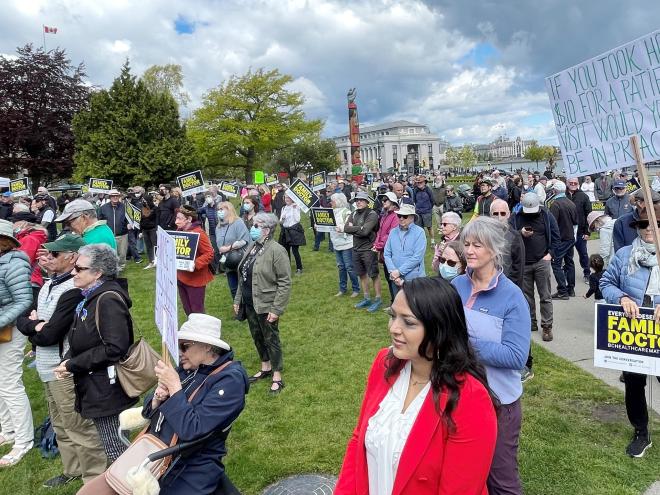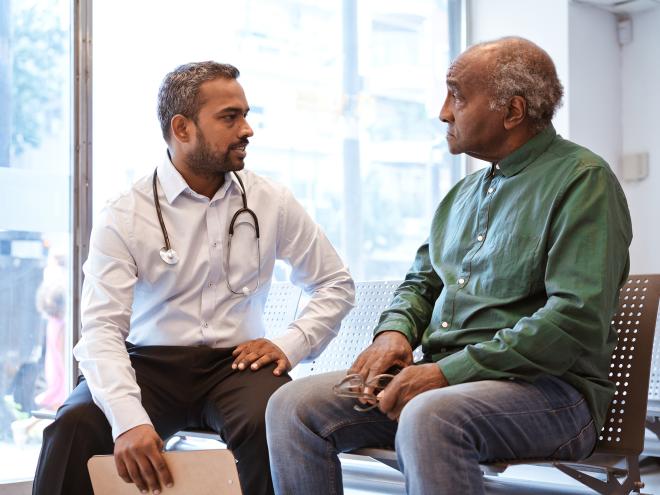Most of us are familiar with the expression ‘one size fits all’ often used to describe clothing. However throughout the pandemic I’ve noticed it also applies to many other things and many of life’s situations. And just like with clothing, one size seldom fits all.
People come from different backgrounds, different experiences, and with different needs and priorities. Yet we’ve seen one-size-fits-all rules applied for public health orders: we all must wear masks, physically distance, and show our vaccine QR codes. But human beings simply don’t work that way. Something that works for one person doesn’t necessarily work for another. Some children with sensory issues can have tremendous difficulty putting something on their face. Families want to hold their loved one’s hand when they are dying. Not everyone can or knows how to download or print a QR code. These considerations weigh heavily on the people making these decisions, and on the people impacted.

We’ve had to find ways to make it work – and we did – but not without putting tremendous strain on everyone. Suffice to say, groups that were vulnerable before the pandemic have faced even heavier burdens throughout: Indigenous people, people living with disabilities, people with mental health and substance use issues, people living in tenuous housing situations, people living in or on the edge of poverty. Women also suffered disproportionately (many were among the first to lose their jobs at the beginning of the pandemic, or worked in riskier caregiver roles throughout the pandemic), as did families with young children. So as we emerge from this pandemic we need to take a good hard look at whether one size really does fit all, and we should do so by asking.
We should ask those living with disabilities about their experiences during the pandemic. We should ask parents what supports would have made their lives easier. We should ask employees about what did and didn’t work in their workplaces. We should ask people living with mental health and substance issues what supports they needed to get and stay healthy. I suspect that an important part of the answers to all of these questions will be that one size doesn’t fit all.
As a physician, I am also particularly interested to know what patients want from their healthcare system and what those working in healthcare want. It’s a two-way street. I expect patients will want more options about how and when they receive care, including the continued convenience of virtual care complimented by access to in-person care when needed. Patients will likely also want to know that their unique health histories are available everywhere they access care – for ease and for safety. And I expect my healthcare colleagues will talk about how the pandemic has widened the cracks in the system, and how they are burnt out from the seemingly endless demands on their time, the lack of capacity in the system, the staffing shortages, and the consequences of under-resourcing primary care and public health. Most of all, I expect them to talk about how all of that forces them to work longer hours, forgo breaks, miss holidays, and sacrifice any kind of work-life balance.
One size doesn’t fit all. Not with clothing and especially not in healthcare. Because we are human and we bring with us our own uniquenesses and differences. So let us learn from this, let us grow from this, and let us find a multitude of sizes to fit each and every one of us moving forward.



